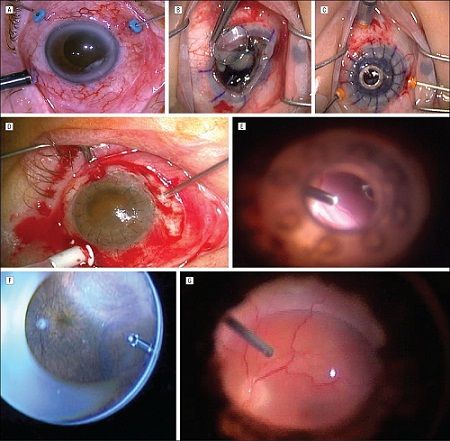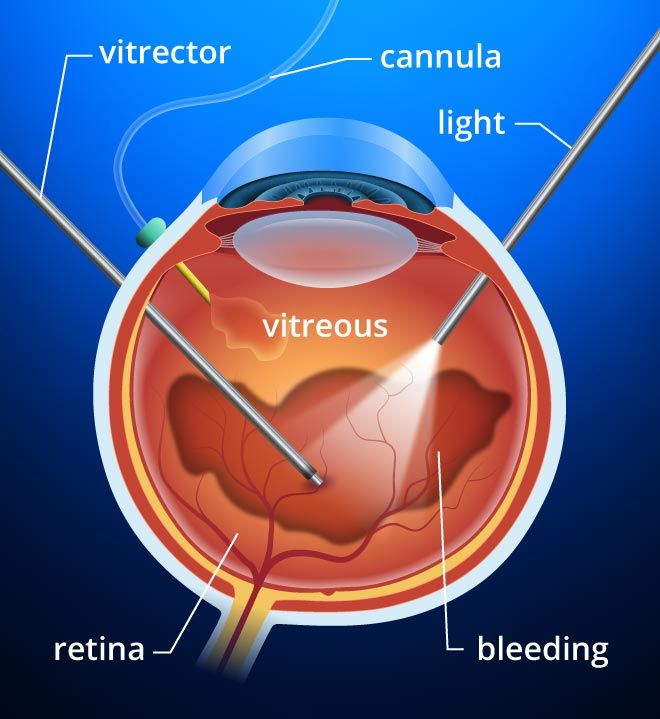General ophthalmologists, other ophthalmologist sub-specialists and optometrists usually refer patients in need of vitreoretinal management to a specialist. This type of specialist trains first as a general ophthalmologist and subsequently specializes in the medical and surgical management of vitreoretinal disorders. A vitreoretinal specialist performs nearly all of the surgical procedures listed here, although general ophthalmologists and other ophthalmologist sub-specialists commonly handle procedures involving lasers. Procedures mentioned here are the more common of many surgical approaches to specific conditions requiring vitreoretinal surgery.




